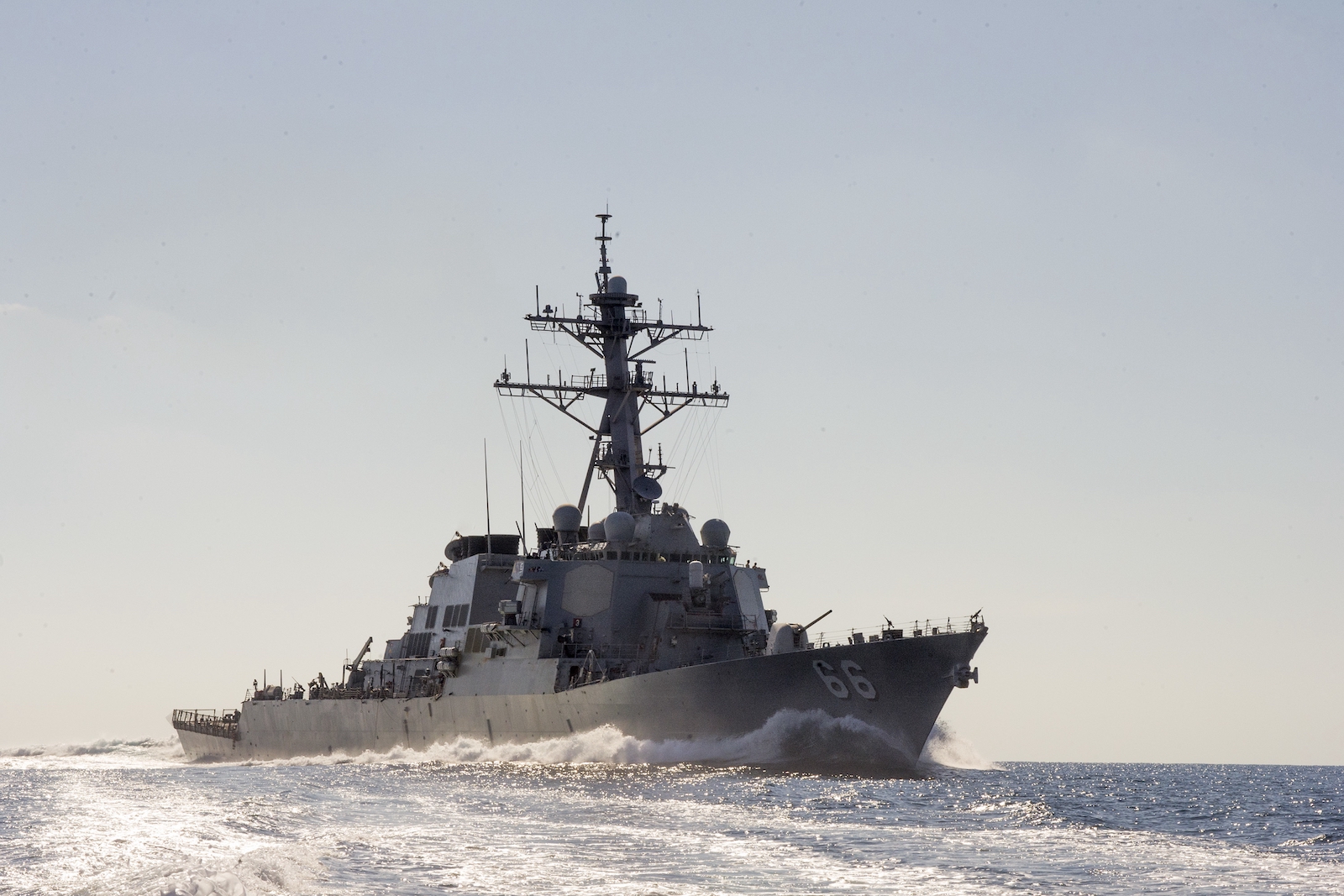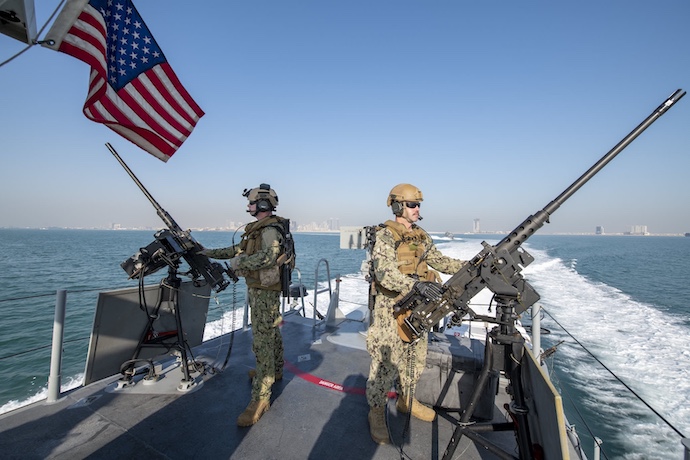
What If Iran Closes the Strait of Hormuz?
The Strait of Hormuz, a narrow maritime artery connecting the Persian Gulf to the Arabian Sea, is among the most vital chokepoints in global energy transit. Approximately 20–30% of the world’s oil supply—some 20 million barrels per day—passes through this 21-mile-wide passage, alongside significant volumes of liquefied natural gas. In a world perpetually teetering between confrontation and diplomacy, one question looms large: What happens if Iran closes the Strait?
Such a move—whether via a military blockade, targeted attacks, or asymmetric disruption—would unleash shockwaves across global markets, energy infrastructure, and political fault lines. The scenarios range in intensity, but all carry high stakes.
In the gravest scenario, Tehran initiates a full-scale blockade. The Islamic Revolutionary Guard Corps (IRGC), central to Iran’s military strategy, would likely mine the waters, deploy fast-attack craft, and launch anti-ship missiles to make the Strait impassable.
A full closure would provoke an international response of significant force. The U.S. Fifth Fleet, headquartered in Bahrain, along with allied naval assets, would likely respond militarily. Iran’s leaders know the risks: such an act could trigger economic self-sabotage, given that Iran, too, relies on the Strait for its oil exports. For that reason, a complete shutdown would probably be short-lived—lasting days or weeks—before global pressure and retaliatory threats force a climbdown. Still, even a temporary closure would cause havoc.

More likely, however, is a scenario of controlled chaos. Iran has a history of testing the boundaries—targeting commercial tankers with drones, missiles, or mines without completely sealing the Strait. This low-grade harassment, echoing the tanker attacks of 2019, stops short of war but injects risk into every oil shipment. The result? Skyrocketing insurance premiums, elevated oil prices, and a chilling effect on transit. This kind of gray-zone warfare could persist for weeks or even months, depending on diplomatic responses and the scale of Iranian provocations.
Then there’s the broader nightmare: a regional war that inadvertently closes the Strait. Should conflict erupt between Iran and regional adversaries like Israel or Saudi Arabia—with or without U.S. involvement—missile exchanges or naval clashes could make the waterway too dangerous for commercial use. Escalation is plausible. Israeli strikes on Iranian nuclear sites, U.S. reprisals, or Gulf coalition counterattacks could spiral beyond control. Such a conflict could persist for months, its duration tethered to the depth of international involvement and the willingness of major powers to de-escalate.
The stakes are hard to overstate. The Strait is not just a local concern—it’s a global artery. A complete closure would abruptly remove 20 million barrels of oil per day from global supply—roughly one-fifth of daily consumption. Strategic petroleum reserves might provide temporary relief, but prices would explode. Brent crude could spike to $150–$200 per barrel—perhaps higher—far above the current $75–$85 range.
Even partial disruptions would be costly. A reduction of 10–20% in flows—say, 2–4 million barrels daily—could push oil prices to $100–$120 per barrel. Tanker insurance rates would soar. Delays and rerouting would jam supply chains already stretched thin.
The gas market would feel the squeeze too. Qatar, which exports roughly 20% of the world’s LNG, would be especially hard hit. Supply interruptions to Asia and Europe could trigger new energy crises, especially in gas-reliant nations like Japan and South Korea.
For consumers, the pain would be immediate. Higher oil prices drive up costs across transportation and manufacturing sectors. Inflation, already a pressing concern, would intensify. American gas prices could leap to $5–$7 per gallon, straining household budgets and business margins. In Europe—already grappling with steep energy costs—a closure could stoke further inflation, possibly pushing the European Central Bank into more aggressive monetary tightening. Developing nations dependent on oil imports, particularly India and Pakistan, would find themselves navigating acute economic distress.
Markets would respond with a split personality. Energy stocks might rally on price surges, but broader indices could slump under the weight of recession fears and geopolitical uncertainty.
The logistical implications would also be severe. Shipping routes would shift dramatically. Tankers forced to reroute around Africa’s Cape of Good Hope would face extended journeys—adding time, cost, and risk to global commerce. Everything from smartphones to wheat would be affected.
Should Iran attempt such a closure, the U.S. would almost certainly spearhead a military coalition to reopen the passage. This could involve targeted airstrikes, naval operations, and the neutralization of Iranian capabilities. Yet that response risks escalating into a broader war, plunging the region into deeper instability and pulling in actors from beyond the Gulf.
In any scenario, the message is clear: a disruption in the Strait of Hormuz would not be a regional event—it would be a global earthquake. Energy markets, inflation, supply chains, and diplomatic alliances would all be tested.
Which is why the current moment demands more than deterrence. It requires deft diplomacy. The United States, and the broader international community, must double down on efforts to resolve tensions with Iran—not to appease, but to stabilize. The world cannot afford to roll the dice on one of its most combustible flashpoints.
